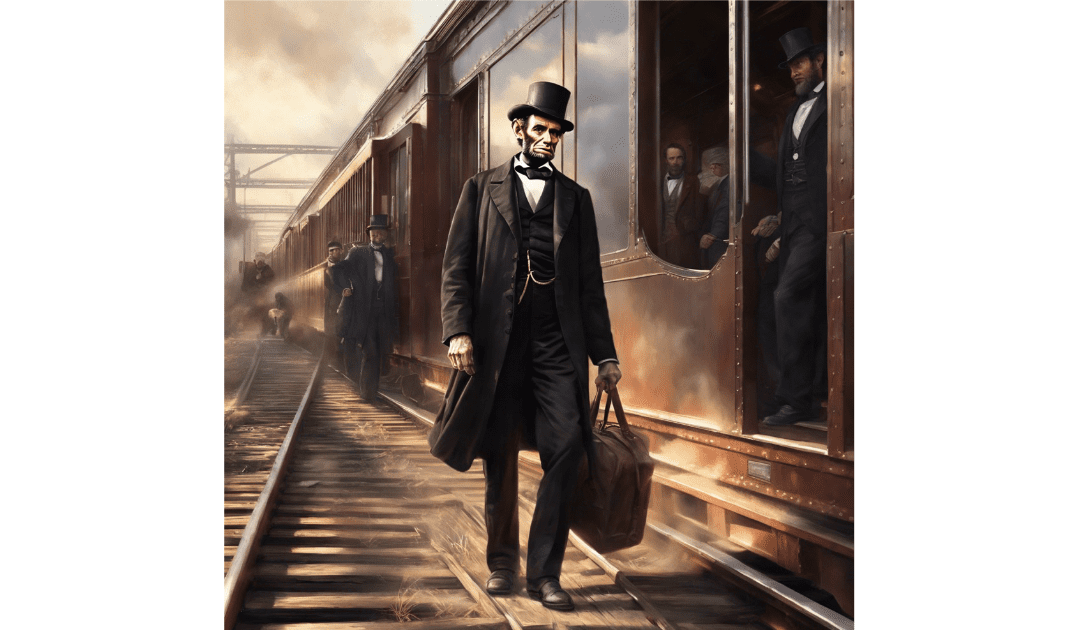On the 16th February 1861 the president-elect, Abraham Lincoln, stopped his train in Westfield to thank an 11 year-old girl, Grace Bedell. Grace had written to Lincoln encouraging him to grow a beard in order to improve his appearance and win the election. Lincoln had replied thanking her for her letter but making no promises. However within a month he had a full beard and went on to win the election. Perhaps we owe the abolition of slavery, the iconic image of Lincoln, and the Gettysburg address, to an eleven year-old girl, and a beard. Abraham Lincoln appeared to think so.
Beards go in and out of fashion. In Ancient Greece beards symbolised wisdom and masculinity. That’s a pairing that many women might consider strange these days. Alexander the Great popularised shaving, believing that a beard was easy for an opponent to grab in battle. Early romans were beard fans until Scipio Africanus championed the clean-shaven look around 300 BCE. Beards were in fashion throughout the middle-ages and into the Renaissance era. You only have to think of Leonardo da Vinci and Michelangelo for example. In modern times beards went out of fashion in the 1920’s and 1930’s, but came back in the 1960’s.
I’ve spent most of my life clean-shaven. I briefly experimented with a moustache in the 1980’s, but it didn’t suit me. When I walked the Camino de Santiago in 2019, shaving became an unnecessary chore, and a beard was warmer. Apart from the state of my feet, I was probably far fitter than I have ever been at the end of the Camino. The photograph that Claire took of me, enjoying the luxury of the Parador, is the only photograph of me that I consider at all presentable. That is why I have used it as my author photograph for my books. I think the beard is here to stay now. I keep it well trimmed, I accept Alexander the Great’s point. I don’t want my beard to be a hand-hold.

